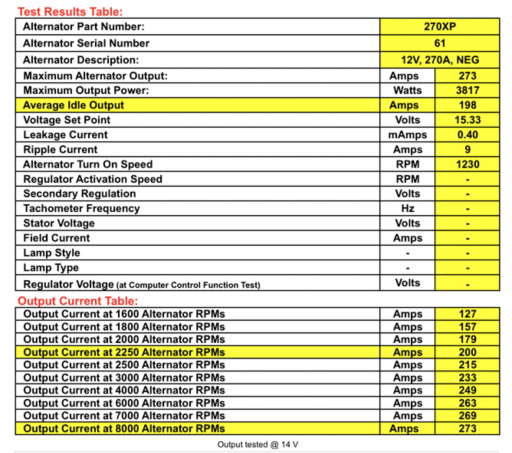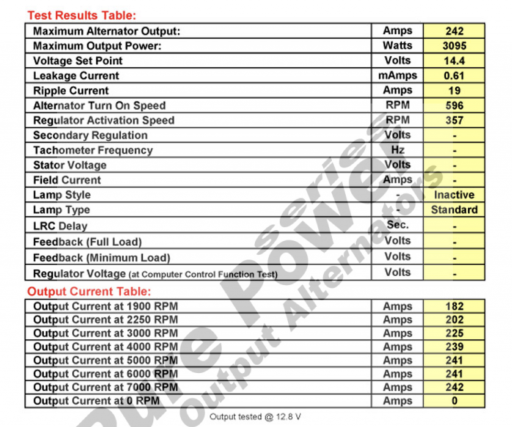
Influencer II
- 3,913
- First Name
- Brandon
- Last Name
- Eberhardt
- Member #
-
20143
- Ham/GMRS Callsign
- KE0JBH
- Service Branch
- Air Force 02-18
just wondering if anyone has experience or fitted a high idle switch for gas rig for winching. My GX470 has a pretty inemic alternator stock, so going to replace it, but I know a lot of rigs use a high idle switch to help reduce the strain. I can't seem to find much on installing these on gas motors, especially on the GX(lol go figure).
Am I missing something and it's not needed? or is it too difficult with a throtle by wire?
Thanks
Am I missing something and it's not needed? or is it too difficult with a throtle by wire?
Thanks




